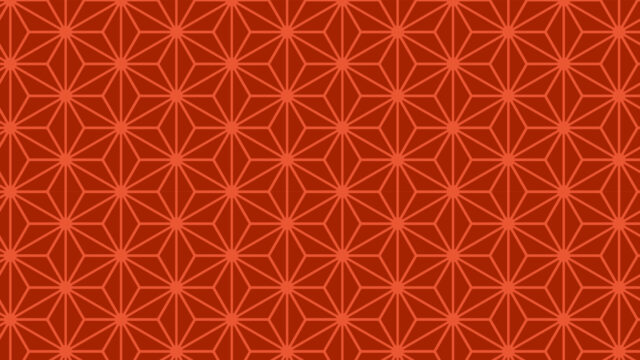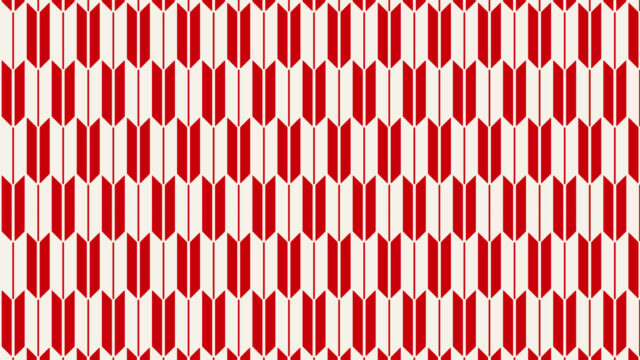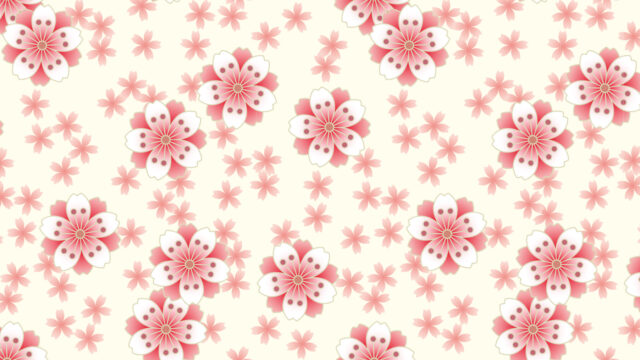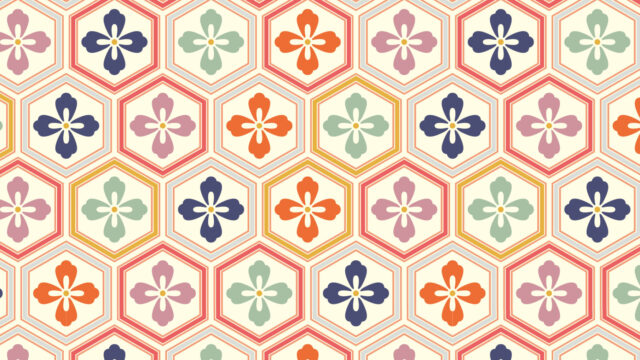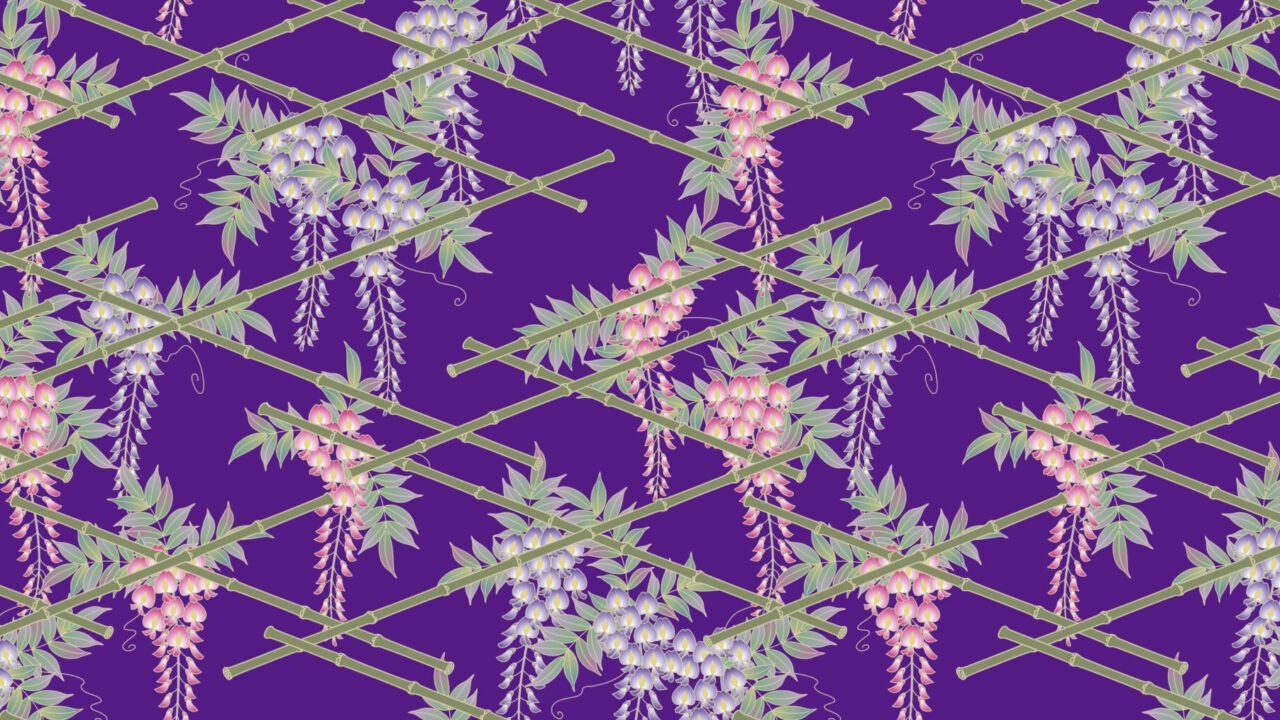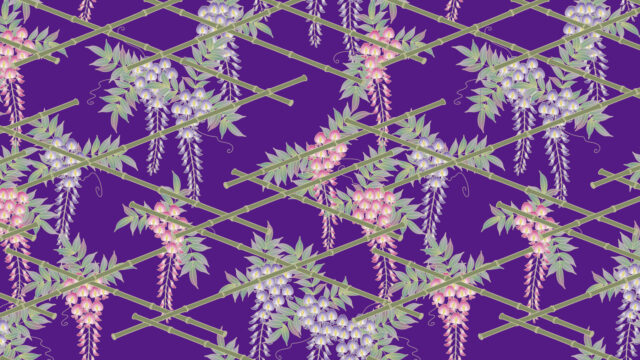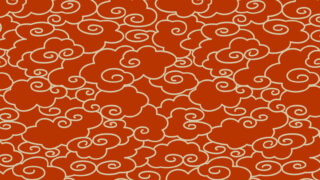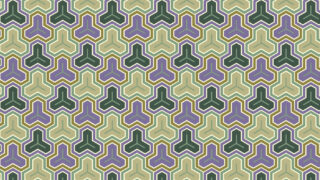たすき掛け
たすき掛けをしだしたのは、寒くなくなってからです。
それまでは、トレーナーやジャージなどを浴衣の上から着ていたので袖を日常生活で気にすることはありませんでした。トレーナーなどを着なくなって、家事をする時必要なのがたすき掛けです。
私は、ぼんやりとたすき掛けさえすれば大丈夫なんだろうと思ってました。ですが、いざやってみるとそうでもない。
一番邪魔になるのが、お風呂掃除。いろんな動きをする家事だとどうしても伸ばした腕の下をパタパタ動いて水にぬれたりします。
なので、私は、むな紐に自然に引っ掛けるようになりました。(なんでむな紐とお思いかもしれませんが、私は、家では、帯をしていないです。たすき掛けに、普通の袖なしスモック型エプロンで過ごしております。)
それで家事もしていてふと頭をよぎったのは、時代劇のちょっとした場面。たすき掛けした後、袖先を帯に入れていた気がします。どうでしょう(・・?記憶違いでしょうか?
まあ、日常から生まれた私の家事スタイルは、
たすき掛け+むな紐袖先押さえ
で完成のようです。
最後まで読んでいただきありがとうございました。
6/27~7/3
tasukigake
It was not until it was no longer cold that I began to wear a tasukigake.
Until then, I wore trainers and jerseys over yukata, so I didn’t have to worry about the sleeves in my daily life.
When I stop wearing trainers and do housework, I need a tasukigake.
I thought the sleeves of the kimono would not get in the way if tasukigake.
But when I tried it, it wasn’t so.
The most disturbing thing is cleaning the bath.If I do various kinds of household chores, I can get wet by flapping under my extended arms.
So I naturally got sode caught in a munahimo (you might think it’s a munahimo?, but I don’t wear an obi at home. I wear a normal sleeveless smock apron and tasukigake .)
That’s my style when I do housework.
I am sorry for my poor English.
Thank you for reading though.
